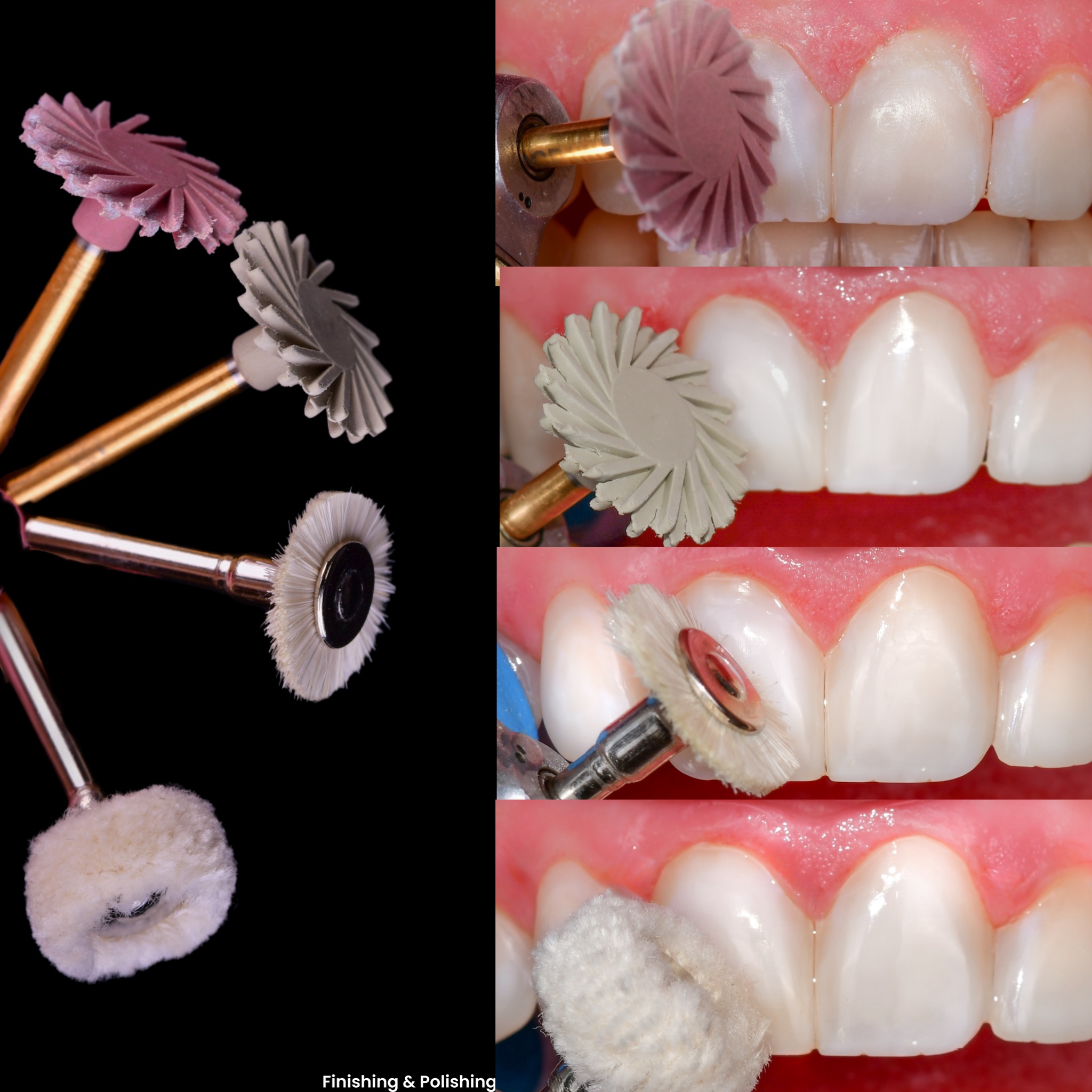Understanding Composite Fillings for Optimal Oral Health
Composite fillings are tooth-colored materials made from a mixture of resin and glass particles, designed to match the natural color of your teeth. Unlike traditional amalgam fillings, which consist of metals such as silver and mercury, composite fillings blend seamlessly with the surrounding tooth structure, making them an excellent choice for visible areas of the mouth. They are particularly favored for restoring front teeth or any other visible surfaces, as they offer both functionality and aesthetics.

The primary purpose of composite fillings is to restore teeth affected by decay or damage. When a dentist identifies a cavity, they will remove the decayed portion of the tooth and fill the space with composite material, effectively restoring its shape and function. This method not only enhances the appearance of the tooth but also helps prevent further decay and maintains the overall health of the surrounding teeth.
Advantages of Composite Fillings
Choosing composite fillings comes with numerous advantages that make them a preferred option for many patients. One of the most significant benefits is their aesthetic appeal. Since composite fillings can be custom-shaded to match the color of your natural teeth, they provide a more discreet solution for those concerned about the appearance of dental work. This feature is particularly crucial for individuals who prioritize maintaining a natural smile.
Another advantage of composite fillings is their bonding capability. The composite material adheres directly to the tooth structure, which can help strengthen the tooth and provide additional support. This bonding reduces the risk of the filling falling out and can help preserve more of the original tooth compared to amalgam fillings, which often require larger cavities to be drilled for a proper fit.
Composite fillings are also less sensitive to temperature changes than amalgam fillings, leading to a decreased risk of discomfort. This characteristic makes them suitable for patients who experience sensitivity to hot or cold stimuli. Furthermore, the materials used in composite fillings are often less prone to expansion and contraction, reducing the likelihood of cracks or fractures in the tooth.
The Procedure for Getting Composite Fillings
The process of receiving composite fillings is relatively straightforward and typically involves a single dental visit. Initially, we will conduct a thorough examination to assess the extent of tooth decay or damage. Once the decision is made to proceed with composite fillings, the following steps are generally followed:
- Anesthesia: To ensure a pain-free experience, we will administer a local anesthetic to numb the affected area.
- Decay Removal: Using specialized dental instruments, we will remove the decayed portion of the tooth, preparing it for filling.
- Tooth Preparation: After cleaning the cavity, we may etch the tooth surface to enhance the bonding process. A bonding agent is then applied to help the composite material adhere effectively.
- Filling Application: The composite material is applied in layers, with each layer being shaped and cured using a special light. This process ensures that the filling bonds securely to the tooth and achieves the desired shape and appearance.
- Final Adjustments: Once the filling is in place, the dentist will make any necessary adjustments to ensure a comfortable bite. Finally, they will polish the filling to give it a smooth finish.
Overall, the entire procedure typically lasts between 30 minutes to an hour, depending on the size and complexity of the filling.
Aftercare for Composite Fillings
- Maintain Oral Hygiene: Continue to practice good oral hygiene by brushing twice a day and flossing daily. This helps prevent future cavities and maintains the health of surrounding teeth.
- Regular Dental Check-Ups: Schedule regular dental appointments for check-ups and cleanings. Your dentist can monitor the condition of your fillings and address any concerns early on.
- Sensitivity Management: Some patients may experience temporary sensitivity after getting composite fillings. If sensitivity persists, consult your dentist for recommendations on appropriate toothpaste or treatments.
- Limit Staining Agents: While composite fillings are resistant to stains, it is advisable to limit the intake of staining foods and beverages, such as coffee and red wine, to maintain the aesthetic appeal of your fillings.
If you’re considering Dental fillings, be sure to consult us to discuss your options and determine if they’re the right choice for you. With the right care and attention, your new smile could be just a few appointments away! Contact us via WhatsApp: +90 530 889 2139, email: [email protected], or direct message on our Instagram page (doctor.bayar).
